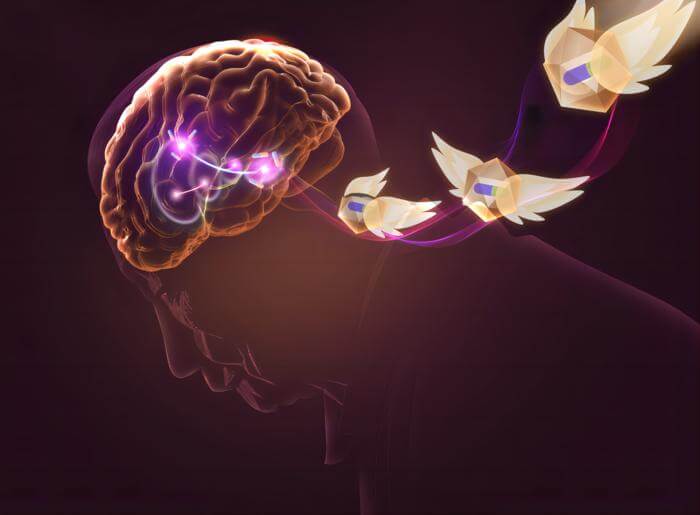Researchers from the Shenzhen Institute of Advanced Technology (SIAT) of the Chinese Academy of Sciences (CAS) and their collaborators have unveiled a promising gene therapy approach to selectively influence Parkinson’s disease-affected circuitry, mitigating core motor symptoms in rodent and nonhuman primate subjects.
The study, published in Cell on November 2nd, addresses Parkinson’s disease, a prevalent neurodegenerative condition characterized by the loss of midbrain dopaminergic neurons, impacting over 6 million people worldwide.
Key to the study is the distinction between dopamine receptor D1- and D2-expressing medium spiny neurons (D1-MSN and D2-MSN), which comprise the majority of neurons in the striatum. While both receive dopaminergic signals from the substantia nigra pars compacta (SNc), they play opposing roles in movement regulation.
In Parkinson’s, dopamine deficiency leads to reduced activity in the direct pathway (D1-MSNs), which promotes movement, and increased activity in the indirect pathway (D2-MSNs), inhibiting movement. The standard Levodopa-based treatment helps restore dopamine function but often leads to long-term motor complications.
The researchers developed a novel AAV capsid, AAV8R12, for efficient retrograde labeling of D1-MSN in the striatum. They also introduced a new promoter, G88P2/3/7, with robust D1-MSN activity. By combining a chemogenetic effector with systemic administration of an activation drug, they successfully activated D1-MSN, driving the direct pathway.
In primate models with Parkinson’s, this approach led to significant improvements in bradykinesia, rigidity, and tremor, with tremors entirely eliminated and motor skills restored. Compared to L-Dopa treatment, which activates the dopamine system broadly, this therapy precisely targets the D1-MSN-mediated direct pathway.
Furthermore, the gene therapy exhibited a faster onset and longer duration of effectiveness compared to L-Dopa treatment. Symptoms relief persisted for over 24 hours after a single administration, as opposed to the typical 6-hour window with L-Dopa. Additionally, motor complications like dyskinesia were absent during the extended eight-month study period.
This breakthrough not only holds promise for treating Parkinson’s but also lays the groundwork for future targeted, circuit-based therapeutic approaches for various brain disorders.


